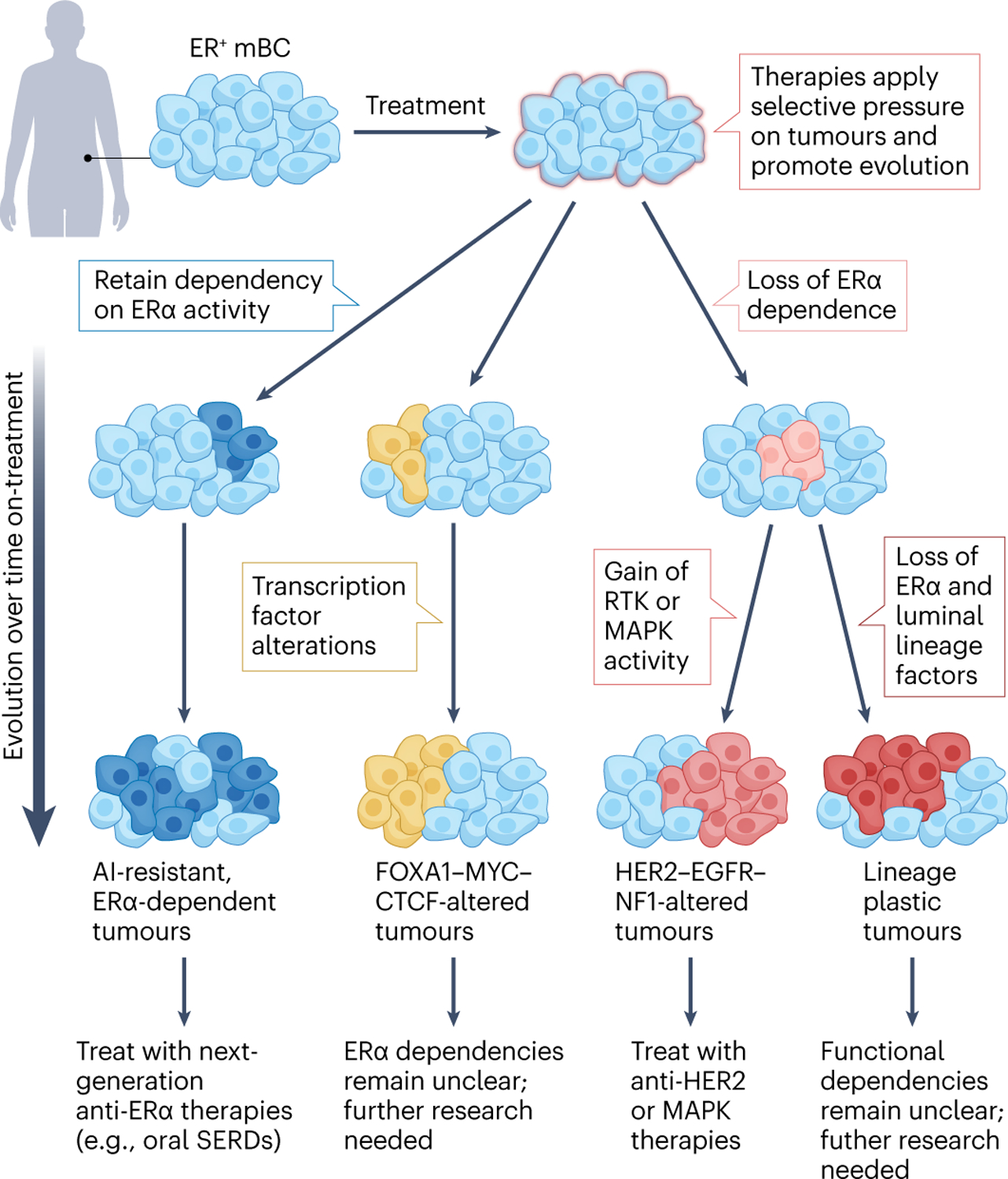Fig. 2 |. Treatment of ER+ breast cancer with endocrine therapies creates a strong selective pressure that drives tumour evolution.

Tumours experiencing the pressure of endocrine therapies can evolve via distinct paths and can be categorized by their dependency on oestrogen receptor-α (ER) signalling (described from left to right below). Dark blue: a subset of cancers retain dependency on ER signalling but acquire features that render them resistant to first-line therapies such as aromatase inhibitors (AIs). The acquisition of ESR1 mutations exemplifies this evolution route, allowing tumours to progress in an ER-dependent but oestrogen-independent or other ligand-independent manner. These ER-dependent tumours are responsive to next-generation ER therapeutics, such as oral selective ER downregulators (SERDs). Yellow: tumours can also acquire alterations in other key transcription factors, such as FOXA1 or MYC. It remains unclear whether transcription factor-altered tumours retain ER dependency, thus further study is required to assess whether they might respond to next-generation ER-targeted therapies or require alternative treatments. Pink and red: other cancers lose dependency on ER altogether. Pink: of these, some become driven by orthogonal signalling pathways, such as HER2 or mitogen-activated protein kinases (MAPKs), and may benefit from the corresponding targeted therapies (for example, anti-HER2 therapies). Red: others lose ER expression altogether and show some evidence of undergoing lineage alterations. These tumours are reminiscent of lineage-plastic prostate cancers, which lose androgen receptor expression, although much less is known regarding lineage plasticity in breast cancer. Further investigation is required to devise treatment strategies for this subset. mBC, metastatic breast cancer; RTK, receptor tyrosine kinase.
